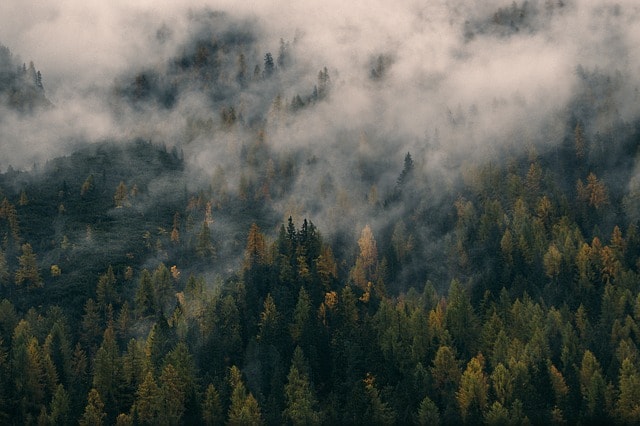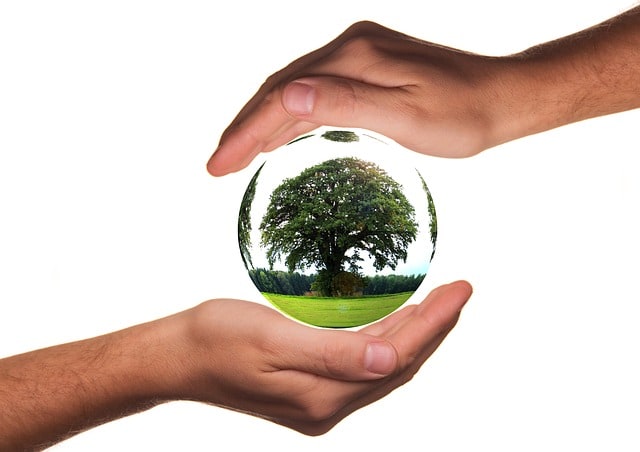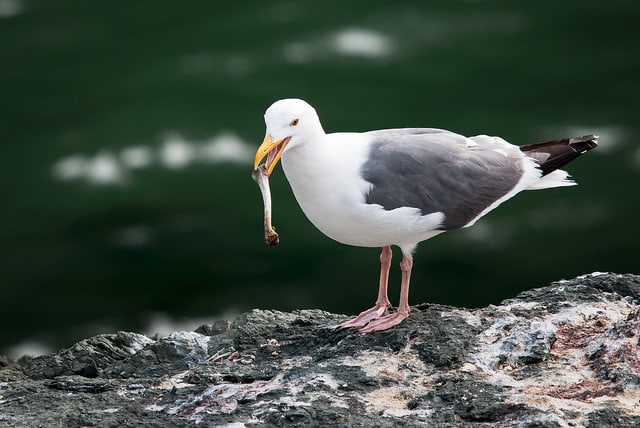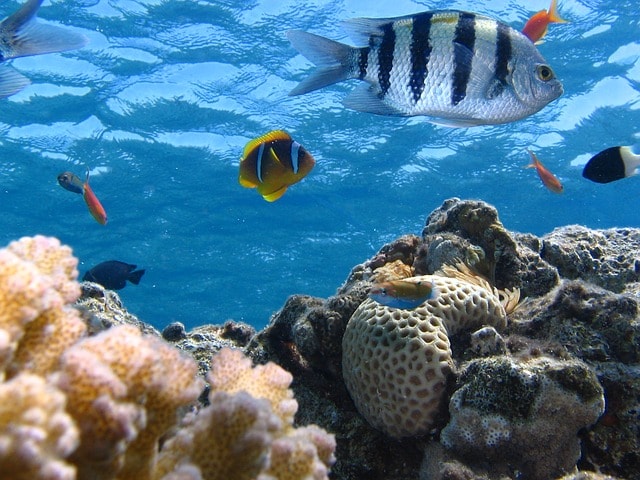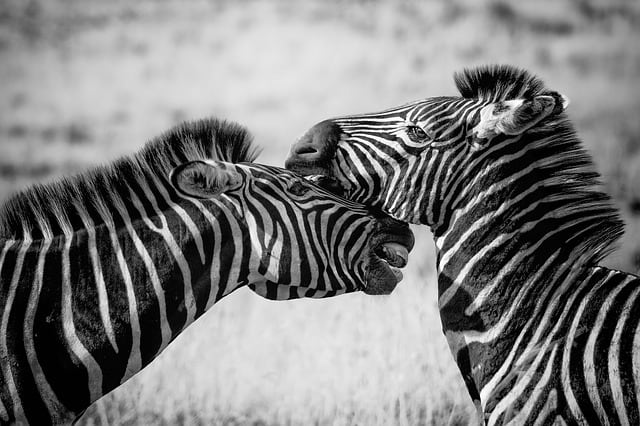Ocean Biome: Location, Temperature, Precipitation, Climate, Plants and Animals

Ocean Biome is a biotic community present in the ocean that supports marine life to thrive. The ocean biome is a collection of aquatic animals ranging from whale to small fishes. It is also a community where experience breeds and lives in the ocean and has full coverage in the supporting community. It has various zones where marine life forms, develops and thrives.
Location of Ocean Biome
Marine Biome is primarily found in five oceans like the Pacific, the Atlantic, the Arctic, the Indian, and the Southern Oceans.
Temperature of Ocean Biome
The marine Biome experiences a temperature of 4 degrees Celsius. For natural reasons, the Ocean Biome is colder near the poles, but near the Equator, it becomes warmer as the sun strikes the water directly, with a rise in temperature.
Any change in the climatic conditions hugely impacts marine species. Typhoons and hurricanes occur due to the waves and currents, which have a significant impact on marine animals and ecosystems.
Precipitation of Ocean Biome
The average yearly precipitation adds over 100 inches. The world’s rain pours over the ocean mainly because the droplets are significant, and the Biome is made up of water.
Climate of Ocean Biome
The climate of the marine biome varies widely. For the largest Biome of the world, the climate ranges between -40 degrees Fahrenheit and over 100 degrees Fahrenheit.
Climate is a significant factor that affects Ocean Biome. Hurricanes and typhoons impact species like the Polar bear, fish, plankton, walrus, penguin, and seabird.
Some species have adapted to the style of seasonal disasters. They prefer migrating to safer places when disaster strikes or about to occur sometime in the near future.
High temperature largely affects the species of the Ocean Biome. The high temperature of the oceans often causes coral bleaching, and that has led to almost 70 percent death of the marine species. The soil of the Biome is wet because of the water.
Types of Animals and Plants Found in Ocean Biome
Plants
The major kinds of plants found in Ocean Biome are seagrasses, algae, and seaweeds. Seaweeds belong to the category of mature plants and algae, the purest form in the microscopic dimension.
The plants belonging to the Biome vary from tiny to large complex structures. Marine plants generally grow near the sunlight so that they can photosynthesize inside the water.
Some plants thrive deep inside the water where they get no sunlight; these plants are called phosphorescent, and they can produce light. The marine plants collect nutrients from the particles washed up from the seafloor by the currents generated in oceans.
Phytoplanktons: The smallest unit of the marine food chain is the plankton, which is single-celled and constitutes the cornerstone for marine food.
Green algae (Chlorophyta): Green algae are the most popular of the marine plants, and it’s the chlorophyll that gives this characteristic green color to the plant. When these plants calcify, they form the lower strata of the ocean floor. Almost 200,000 algae exist in the marine biome, but out of them, only 36,000 have been discovered so far.
Red algae (Rhodophyta): Red algae are the most characteristic and most significant plant species belonging to the Ocean Biome. The red color is due to the phycoerythrin, which sticks to the corals, and the reefs are usually created.
The red and green algae thrive in warm and cold water. The brown algae are known as Phaeophyta because of the presence of Fucoxanthin pigment that favors the cold and temperate water.
A few brown algae species exist in the tropics, which is the most popular plant species that belong to the reef. Cyanobacteria, the blue-green bacteria, are also referred to as the blue-green algae, and they are mainly microscopic strands by nature.
These tiny strands convert the atmospheric nitrogen to consumable forms by other marine plants. The aquatic biome plants live in the seas, shores, and salt marshes. The Giant Kelp grows in colonies of the warm coastal waters, while the sea algae grow on the ice sheets.
The role of marine biomes is multifarious. The aquatic plants, mainly the seagrasses and macroalgae, offer nourishment, shelter to the various animals.
The marine plants aid the coral reef to build the beaches held in the proper state by the coralline algae. Algae are generally present inside typical aquatic plants. Marine plants from the source of nutrients for the corals and the coral tissue form homes to millions of algae.
Algae are also found inside the flatworms, gigantic calms, and sponges. These marine plants have a significant role in kelp beds, and they serve as habitat for animals like octopi, eels, and seals.
Animals
Marine Biome is home to a variety of aquatic animals that obtain food from the plants and small animals within the Biome. The plants provide shelter to the animals. Some categories of animals that stay in the Biome include the crustaceans, whales, sea anemones, mollusks, bacteria, and fungi.
Tiger shark: The tiger sharks generally live on the coastline and live on marine mammals, fish, seabirds, mollusks, and crustaceans. They have sharp teeth so that they can feed on their prey.
Grey whale: Grey whales mostly feed on crustaceans like the amphipods, tubeworms, and small fishes. They live near the shallow water of the North Pacific Ocean. These whales have a streamlined body so that they can glide effortlessly through the water.
Starfish: The starfishes feed on oysters, clams, and planktons. They are abundantly found in the Atlantic, Arctic, and Pacific oceans. They have a calcareous skin meant for regeneration and protection.
Seahorse: Seahorses feed mainly on shrimp. They live in coral reefs and seagrass beds in tropical waters. Sea horse possesses mobile eyes, which enables them to see without rotating their eyes.
The male of the progeny carries the fertilized eggs, which is quite contrary to the females. Other animals included in the marine turf are blacktip reef shark, manatees, blue tang, convict tang, box crab, dugongs, and many more.
Types of Marine Biomes
There are basically three types of biomes, namely oceans, coral reefs, and estuaries.
Oceans: Oceans are known to have the highest type of biomes with a vast collection of organisms. They have a particular relation with the land habitat through the inter-tidal areas. In fact, the land and the ocean work in tandem to transmit heat through the earth and the water.
Coral reefs: These are the underwater limestone deposits generated by particular invertebrates known as corals. They develop only in the shallow tropical oceans.
As they thrive in groups, the skeletal material continues to form a reef. The coral reefs shelter various marine biome species, which includes 4,000 tropical fish species too.
Estuaries: Bay, where the rivers empty them into the ocean, are called the estuaries. They are semi-enclosed, and the surrounding water is filled with nutrient-packed water coming from the rivers.
The bays are shallow enough and don’t allow the penetration of light for the formation of photosynthesis. Estuaries are brimming with all types of marine plants and animals.
The salinity of the marine water depends on the composition as it is composed of 96.5 % of water and 3.5 % of dissolved components.
The marine water components depend on several factors like latitude, depth, erosion, atmospheric activity, volcanic activity, and other biological activity.
References:
https://www.britannica.com/science/marine-ecosystem
https://biomemarine.weebly.com/climate-and-weather.html
https://www.marineinsight.com/environment/what-does-the-term-ocean-biome-means

